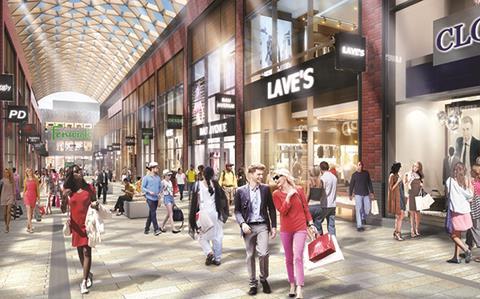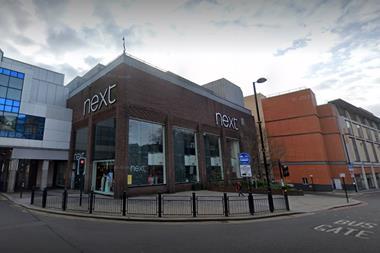With Christmas almost upon us, the annual dash for last-minute present shopping is already in full swing.

October brought a drop in in-store sales of 2.1% according to the British Retail Consortium, leaving retailers on tenterhooks waiting to see what the festive season might hold.
Looking back over the past 12 months, it is clear that 2017 has been challenging for many on the high street and in shopping centres, but where some retailers may have fallen at the final hurdle, others are taking measures to ensure success.
With the market changing almost daily, retailers are creating more ingenious ways to capture the attention of customers. Using different mediums such as in-store art, gin bars, massage stations and more, retailers are moving far beyond the in-store promotions and marketing that have held them steady over recent years.
The in-store experience has now become almost as important as the products themselves and retailers and landlords alike are reaping the benefits. Nowhere is this truer than in larger units and department stores.
On a recent trip to Tokyo, it was clear that attention to presentation and a focus on the customer journey were key components to a successful shopping destination. Isetan department store is a prime example.

The self-styled “storyteller of authentic Japanese culture” puts the customer first in everything it does. Whether this be through the exquisite presentation of each individual product, its fine-dining offering or its arts and culture workshops, you feel as though you would never need to leave this haven of sophistication.
Innovative thinking
Moving closer to home, to the new Fenwick store in Bracknell, it is evident that this trend is catching on in the UK. Incorporating a unique design and customer experience, this is a store with a difference, moving away from traditional retail and forging a new path centred around the customer. Coupled with its dining concept, Fuego, which encapsulates the feel of a leading West End restaurant, Fenwick has championed the importance of innovation.
When it comes to catering and leisure, landlords and brands alike are having to work just as hard. As drivers in their own right, food and beverage/leisure brands are proving indispensable as the market cries out for concepts that aren’t just about leisure, but also about culture and community.

In Seoul, South Korea, the Sports Monster concept, the ‘world’s first “sportainment” theme park’, has been heralded as a dynamic space in which to find sport and entertainment. Complete with leading technology in the form of LED sports courts, this is leisure like no other, and this sense of discovery among consumers is what makes the concept so successful. People are enlightened by finding something new, bringing them back again and again.
Flying back to Japan, the use of flexible space has never been more apparent. Fighting off the threat of online sales, landlords are able to create a truly dynamic space. Ginza Six in Tokyo blends art, retail, leisure, stunning design and dedicated customer services to create a unique destination.
Making you unsure as to whether you are in a separate shop or still in a department store, Ginza Six puts flexibility at the heart of its offer. Elsewhere, others are utilising a similarly impressive approach by deconstructing their space; high-quality concessions are often only separated by merchandise, redefining fit-outs to create a one-of-a-kind experience.
So, with 2018 knocking, will these trends last?
I certainly think so. With even more to learn from our international counterparts, traditional retail as we know it is changing faster than we could ever imagine.






























No comments yet